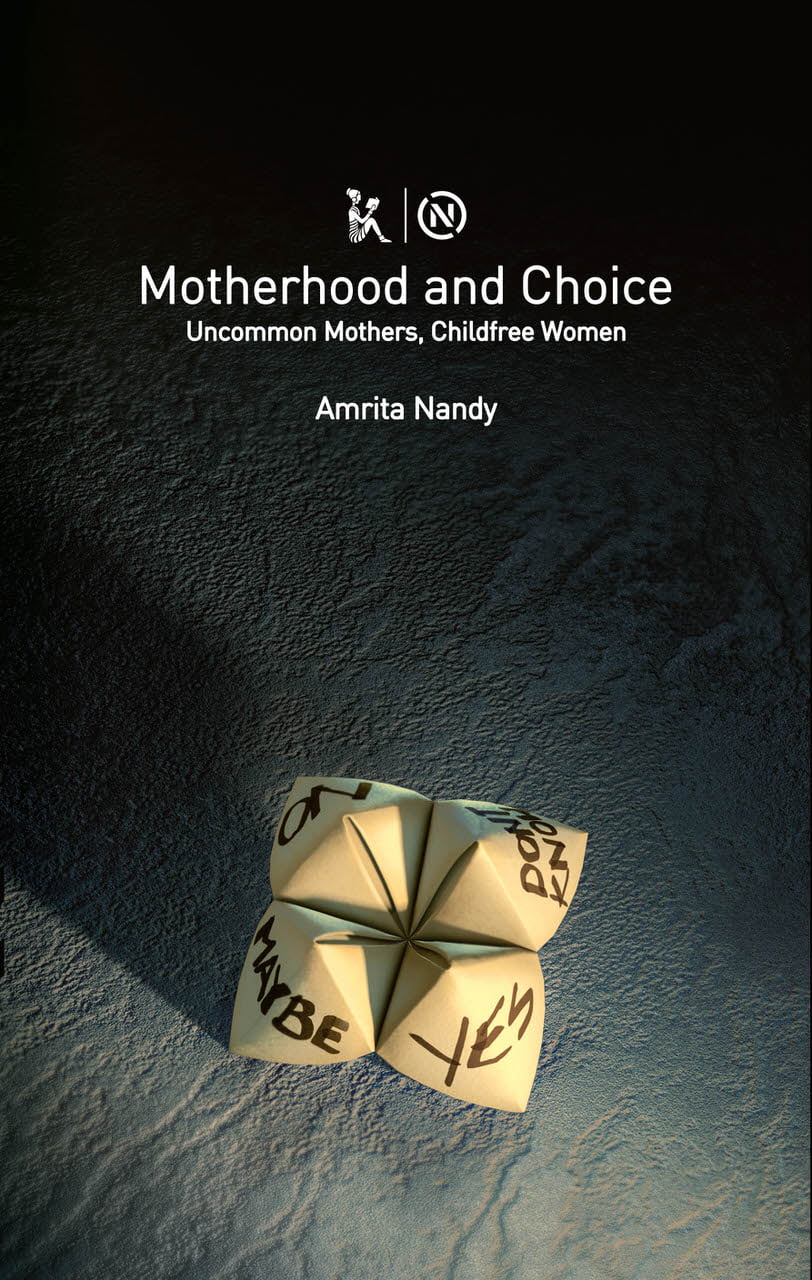Research scholar and activist Amrita Nandy turns her dissertation into an accessible and insightful take on motherhood and choice, with her book Motherhood and Choice: Uncommon Mothers, Childfree Women, published by Zubaan. Nandy places motherhood, the frequently debated issue of choice and autonomy within the same nexus as the personal and political. Under the supervision of Nivedita Menon, the author does not shy away from asking difficult questions about motherhood and autonomy.
Unwed motherhood
Marriage is seen as one of the most significant events in the life of women in India. Even though norms may have loosened in some sections of society, marriage remains the only socially legitimate model for sexuality and reproduction for women. Hence the colloquial term used for children born to unwed mothers in large parts of north India is haraam or illicit. Much like ‘bastard’ in English, it is a popular and stinging term of abuse in patriarchal settings.
Leela Dube relates the high number of orphanages in India to “the complete unacceptability of illegitimate births: social workers estimate that 85 per cent of the babies who arrive in orphanages are illegitimate” (Dube 1997:56–57). Simultaneously, the birth of children out of wedlock holds different meanings for communities in South Asia: in patrilineal communities, it is unacceptable, whereas for certain matrilineal ones in Lakshadweep or Kerala, every child belongs to the mother’s family (Risseeuw and Ganesh 1993: 2234).
We seem to overlook the fact that legitimacy/illegitimacy get “generated by the existence of rules which regulate human reproduction…sexuality, reproduction, lineage and naming, and inheritance…marriage customs or marriage laws…” (Teichman 1982: 84). Interestingly, in Roy’s interpretation of the Manusmriti, there is nothing like “absolute illegitimacy but more or less legitimate offspring, any progeny produced through the satiation of kama could have been accommodated” (Roy 1998: 65).
It was over a period of time that marriage was ritualised, Brahminised and legalised, making it more compulsory and less fluid (Sen 1998). Customary forms of marriage and the right of women to separate, divorce or remarry were gradually lost. Since marriage is meant to sanction sexual intercourse and reproduction, nonmarital motherhood started to be frowned upon as it disrupts the family’s patrilineal succession and its caste and religious order.
Excerpted with permission from Motherhood and Choice: Uncommon Mothers, Childfree Women, Amrita Nandy, Zubaan. You can buy the book here.
Also Read: Book Excerpt: Aosenla’s Story By Temsula Ao
About the author(s)
Feminism In India is an award-winning digital intersectional feminist media organisation to learn, educate and develop a feminist sensibility and unravel the F-word among the youth in India.




